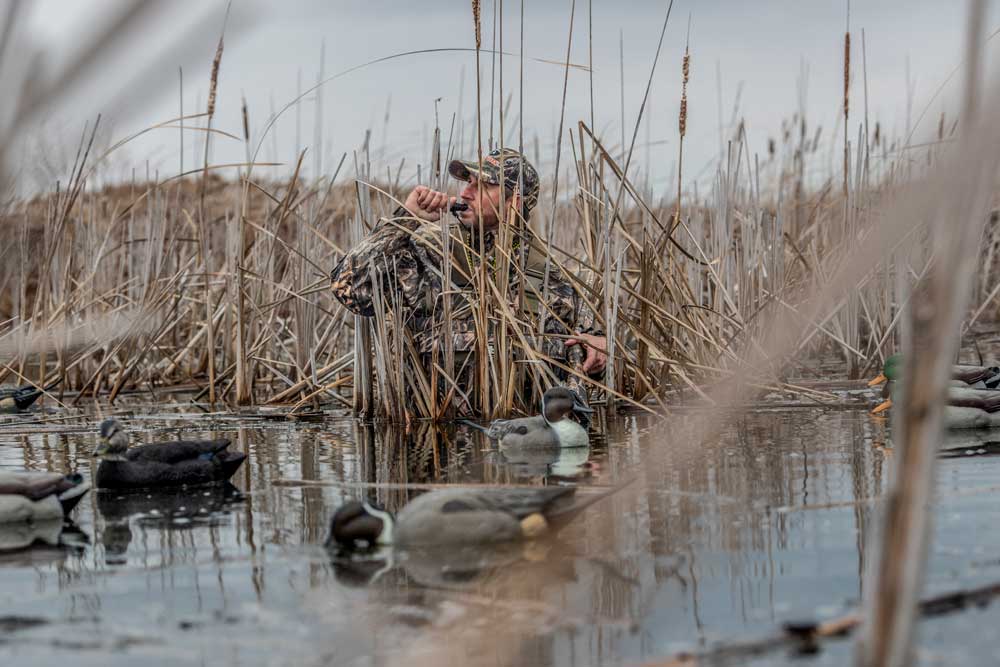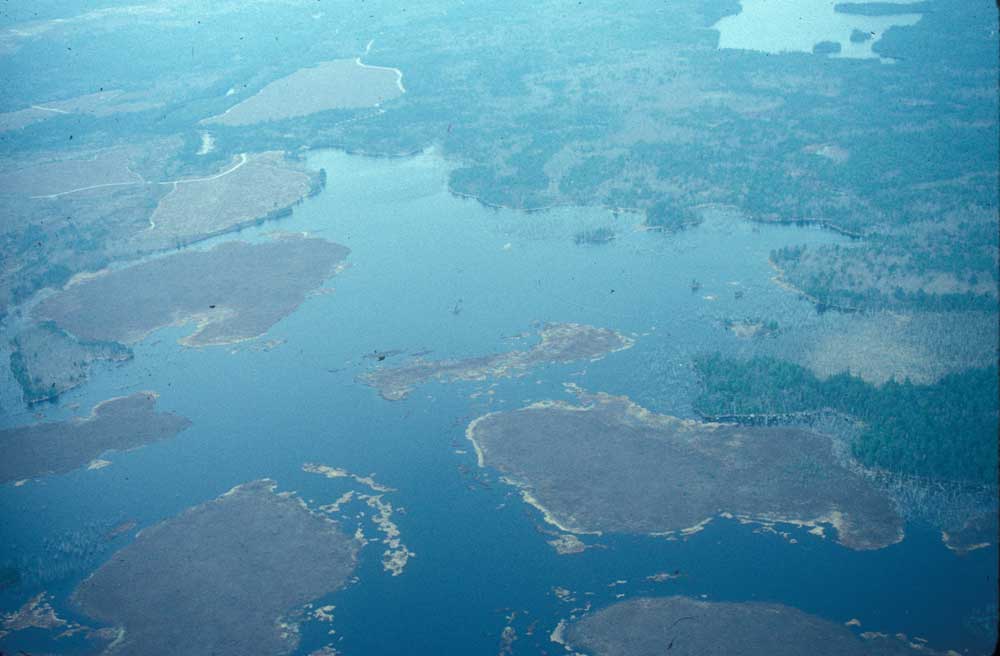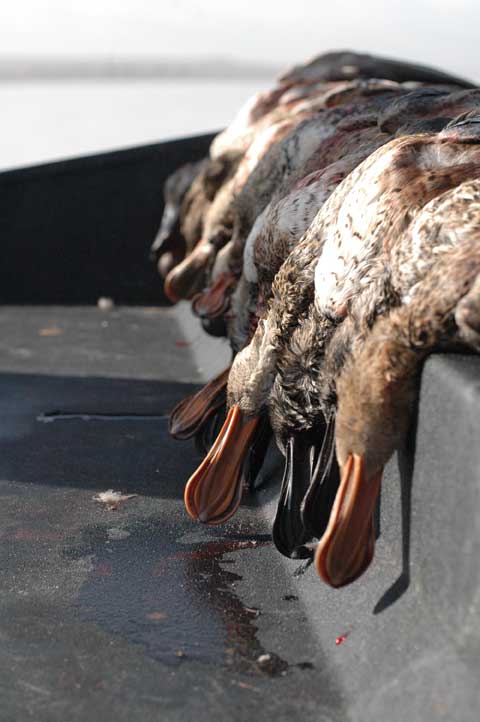Bob Humphrey
Hunters in general can be complainers, especially when it comes to seasons and bag limits. They say things like, “The season is too short,” or “It starts too late,” or “They don’t let us take enough.” Complaints often center around how wildlife managers and biologists set limits based on population limits. “How do they know what’s really out there?”
The one exception seems to be waterfowlers. More than any other faction of hunters, they seem willing to accept what they’re allowed with little complaint or questioning. Surprisingly, they’re probably the least familiar with how state and federal agencies actually monitor and assess waterfowl populations. In case you’ve ever wondered, here’s how....

Part I
Among the most important components involved in calculating how many birds can and will be taken in a given year is the annual waterfowl population surveys. Biologists combine results from these surveys with trends from hunter numbers and average annual success rates from previous seasons to estimate North American waterfowl populations.
The origin of the waterfowl survey program dates back to 1931. Today, the U.S. Fish and Wildlife Service (FWS), Canadian Wildlife Service (CWS), state and provincial biologists and non-governmental cooperators employ pilot-biologists and their aircraft to conduct surveys in an area that covers over two million square miles and encompasses the principal breeding areas of North America waterfowl in the four North American waterfowl flyways. At the same time, CWS coordinates ground survey crews in the prairie pothole regions of north-central U.S. and south-central Canada. Biologists later use results from these ground surveys, and helicopter surveys in other areas to correct for visibility bias. In addition to waterfowl observations, ground crews also gather information on habitat conditions, pond numbers and other factors that can influence survey results.
Though COVID has resulted in suspension or modification in recent years, surveys typically begin in May. As soon as the ice recedes and the ducks return, pilot-biologists fire up their planes and head to Canada and Alaska. Pilots fly roughly 3,000 miles of transects, each one 150 miles long and 1/4-mile wide, and segregated into similar habitat types.

During flights, pilot-biologists record all waterfowl seen for each 1/8-mile transect segment, using an aerial onboard digital recording system, which attributes each waterfowl observation to a respective location, recorded as a latitude/longitude coordinate. They also log each observation with the sample details: transect, and segment, time, climatic conditions, and location. Meanwhile, those on the ground count waterfowl and recording habitat conditions, and later use this ground-truthing to correct for birds not counted by the aerial team.
The task does present both drudgery and danger. Pilots fly every day, weather permitting, over a three to four week period, and in the far north, those days are long. Flying at low levels and reduced speeds, the pilots must be ever mindful of trees, hills, towers and other planes, and even the waterfowl they’re counting, all while concentrating on the task at hand. They must be able to identify and count 30 or more species of waterfowl, all while staying on their straight-line transect. Occasionally there is an observer on board to make the job a little easier.
Part II
Results from the spring surveys are forwarded to the Population and Habitat Assessment Section of the FWS, Division of Migratory Bird Management for analysis, but the job isn’t over yet. The next phase begins when the pilots return to Canada for a July Duck Production Survey, flying a portion of the transects surveyed in May to count broods. This provides a measure of duck production, timing of nesting chronology for the year and an assessment of water body abundance. This survey is intended more as a qualitative assessment of summer habitat conditions.
It also provides a relative index compared to other years. The North American Waterfowl Management Program represents a 65-year legacy of standardized cooperative surveys. Comparing current conditions to this storehouse of historical data makes this system very accurate and reliable in predicting the number of ducks hunters can expect in the forthcoming fall hunting season.

Part III
The spring and summer surveys are directed primarily at ducks nesting in the prairie pothole region so ducks and geese nesting that nest in more inaccessible high Arctic areas aren’t counted. That requires yet another, January Midwinter Survey on the wintering grounds. Rather than random transects, pilots target specific species or populations, from which they get information on population trends, distribution and habitat use.
Survey Says
Once results are in, biologists analyze and interpret them and make recommendations. The process of setting waterfowl harvest regulations is lengthy and involved. It begins with publication of Federal Register notices, followed by numerous meetings by the Waterfowl Flyway Councils and FWS Regulations Committee. With input from biologists and the general public, wildlife managers then select regulations at the flyway level, for example, season lengths, daily bag limits, and outside dates for the earliest opening and latest closing dates for a hunting season. Then they work with state biologists to develop state-level regulations, which can be more restrictive but not more liberal than federal guidelines. The end result is the season framework we get, often just prior to hunting season.
If there is one complaint from waterfowlers it might be that the regulations are slow in coming. However, when you consider all that is involved in developing them, and how accurate the results are, we should not complain. The pilots, biologists and wildlife managers are all dedicated to ensuring the job is done right and results are sound, and we should be grateful for their efforts.
Bob Humphrey is a certified wildlife biologist, registered Maine guide and award-winning outdoor writer and photographer.































